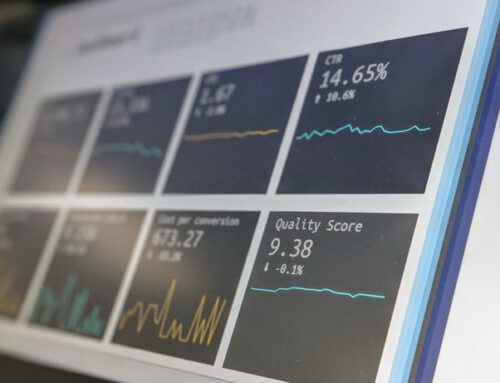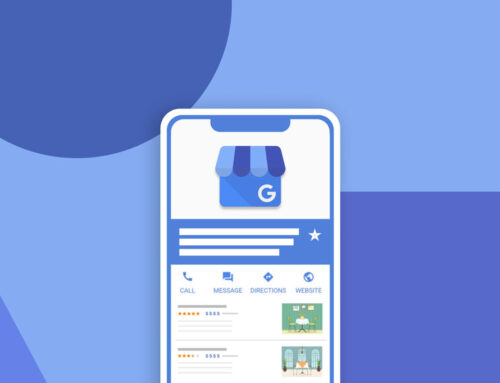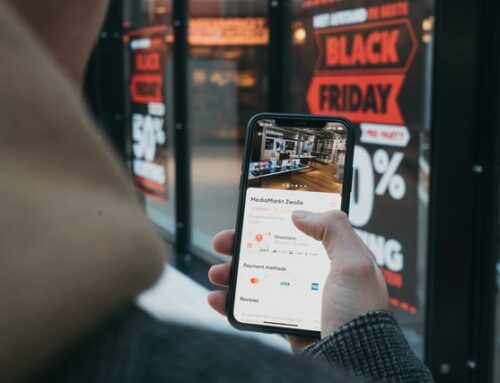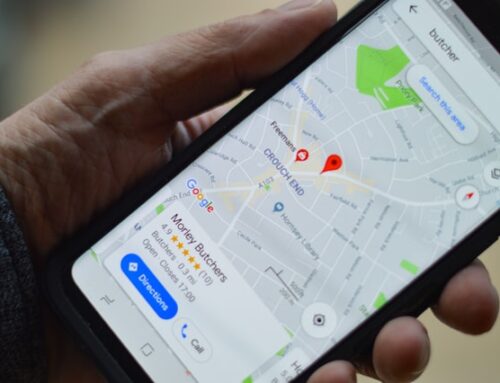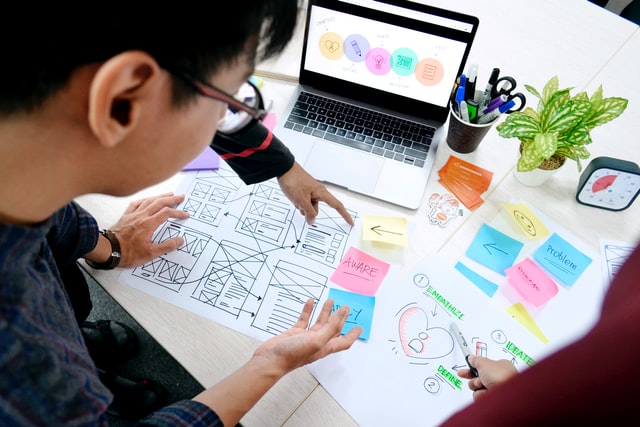
UI/UX Application Modernization: The Heart of Digital Transformation
Author : Hardeep Singh
April 18, 2024
User Interface (UI) and User Experience (UX) are integral pieces of web application design. At the same time, UI refers to the visual design of an application and uses screen elements, for example, text boxes images. Also, in drop-downs, UX involves an intuitive arrangement of UI elements to facilitate easier route and accessibility of the web application. While a decent UI appeals aesthetically to users, an effective UX offers a large group of benefits, such as time-saving, usefulness again, and ease of operation.
However, evolving business needs have made digital transformation a necessity, and UI and UX are vital areas for legacy transformation. While legacy applications provide soundness, they are cumbersome and neglect a good user experience. They need flexibility and versatility in catering to ever-changing business needs and become redundant with time.
As explored in our recent Digital Transformation blog, one of the three essential components of digital transformation is UI/UX application modernization. User experience (UX) and the user interface (UI) is often an area that gets overlooked, as more attention is usually focused on implementing new technologies into an association’s application architecture. However, as internal-confronting stages change, how an association engages online with its customers does as well, whether on desktop or mobile.
In Jan 2021, Datareportal reported that 67% of the total populace are utilizing mobile devices – 5.27 billion users! With mobile devices presently representing practically 55% of web traffic worldwide and 90% smartphone usage spent accessing applications, the look and feel of the customer-confronting application can make or break your overall digital transformation objectives.
One of the keys to UI/UX application modernization success is understanding your end-users. People are creatures of propensity, and critical changes to a UI/UX will not be liked by everyone. Therefore, taking the time and effort to analyze end-user behaviors and needs and beta-testing feedback is essential. This qualitative and quantitative information can be used to create a robust application design that increases end-user experience, achieves more excellent conversion rates through better engagement, and maximizes business benefits.
Benefits of UI/UX Application Modernization
Maximize Revenue:
As indicated by Forbes, research from Forrester (paid report) shows that, on average, every $1 invested in UI/UX design generates $100. At the same time, around 44% of CIOs say that legacy software is back holding company development. A modern UI/UX can provide an exceptionally significant competitive edge among applications competing for the same
customers.
Improve End-User Fulfillment:
Ensuring the entire modernization process is user-centric sites are mobile-friendly, intuitive, valuable, relevant, and easy to find will improve fulfillment levels. Unfortunately, around 45% of online consumers will share a negative experience, so positive experiences are essential for recommendations and gleaming reviews.
Increase Customer Retention:
A quick loading and outwardly appealing UI won’t just draw in customers but keep them engaged for longer. What’s more modern UI/UX designs that create excitement will likewise keep them returning for more, developing customer steadfastness.
Versatility on the Cloud:
We live in a world already transformed by digital technology since the pandemic’s beginning. As more and more of us live online, the expectation for uninterrupted accessibility has never been higher. Leveraging advanced cloud technology will enable seamless UI/UX upgrades, bug fixes and deliver demand-based cost streamlining. We will also cover “what is web accessibility” in our coming blog posts.
Optimize Costs:
Having analyzed end-user behavior and needs, trends, and future expectations can likewise be extrapolated and anticipated. Like this, the UI/UX can be designed to be just about as flexible and scalable as could be expected, saving critical future development time, resources, and costs.
User Experience and Complexity
End-User Base-Behavior and Practices:
Fear of the obscure and resistance to change Attempts to redesign the absence of similarity and commonality often hinder a legacy application’s UI and UX since end-users are accustomed to a particular application stream and route. They tend to resist change. Leading preparation projects and hand-holding sessions can overcome this underlying resentment. However, this requires an investment of time and money.
UX and UI Modernization:
Impact on business Building a new UI and UX is certainly not a spontaneous exercise. However, a well-considered consultative methodology, where all stakeholders voice their viewpoints, featuring advantages and disadvantages. It has been observed that creating a new UI and UX for a greenfield application is more accessible than modernizing an existing legacy application, where stakeholders should be convinced with regards to the additions of a new UI, alongside measures taken to shorten the learning curve.
Regulations, compliance, and security Legacy systems don’t operate in storehouses and are essential for an eco-system. This is challenging since the modernization of some UI and UX of applications needs to follow principles that apply to the other applications of the legacy system. Keeping up with old and new applications together adds to operational costs. Security of the new UI and UX could likewise be compromised as other applications could be utilizing outdated correspondence conventions.
The Main Challenges of UI/UX Application Modernization
As mentioned above, unfortunately, some end-users, used to doing things constantly, may find a modernized UI a challenge in any case. However, the more pressing business challenges, and the most widely recognized, include:
Budget:
UI/UX application modernization will likely require specialist devices and experience. Any project of this sort ought to ensure sufficient funding is allocated to cater for potentially re-appropriating this level of expertise.
Time:
During the design process, feedback, through beta-testing, may mean a complete switch or reversal in the first plans. Even though responding to feedback is essential, extra time and effort must be built-in.
Misaligned Expectations:
When the IT department and critical stakeholders disagree on the UI/UX application modernization strategy, execution won’t be easy. Unless digital transformation projects are considered whole, the overall vision may not be achieved entirely.
UI/UX Application Modernization with Skyracle
When it comes to digital modernization and UI/UX application modernization, Skyracle creates a memorable, personalized, and deeply engaging experience for all end-users, the two customers and employees. We believe that digital transformation is tied in with changing how teams cooperate, not exactly the technology they utilize to get the work done.
Skyracle was able to help many eCommerce players, to create a unique online display area, enhance the customer experience, and increase the conversion rate. With a modernized web presence, which better appealed to its target audience, they achieved:
99.99% website uptime
30% decrease in TCO
For a Fintech customer, Skyracle was able to implement a new UI layer and modern front-end perception that provided an organized and clean look and enhanced the user experience. This association had the option to achieve:
99.99% online accessibility
40% cost reductions through streamlining
100 percent security and compliance

